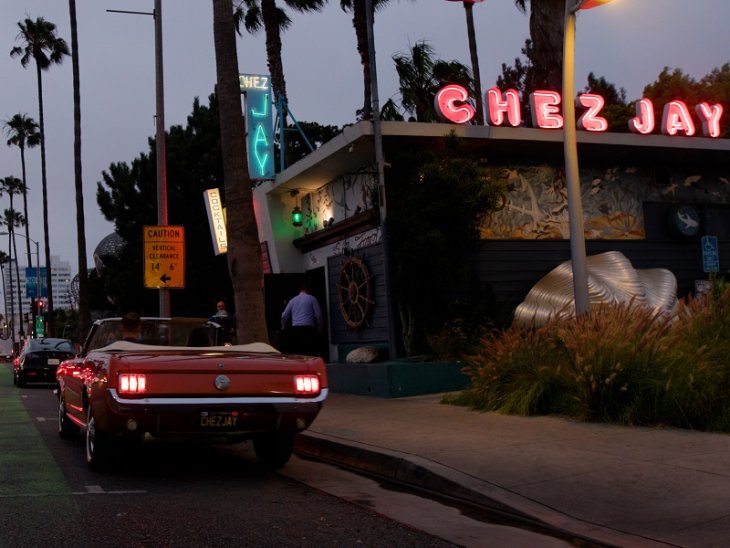Announcement comes as world’s largest wildlife crossing breaks ground in Agoura Hills
By Sam Catanzaro
Gov. Gavin Newsom wants to spend an additional $50 million to fund wildlife crossings in California, including $10 million for the world’s largest wildlife overpass in LA County. This announcement comes at the same time a mountain lion was killed by a vehicle on the 405 Freeway in Brentwood.
Last Friday, Newsom attended a groundbreaking at the Wallis Annenberg Wildlife Crossing over the 101 Freeway Agoura Hills, The state has already approved $58 million in funding for the bridge which, when complete, will allow animals to roam between two areas of habitat to curtail inbreeding. Now, Newsom is proposing spending an additional $50 million for wildlife crossings across the state, including $10 million more for the Wallis Annenberg crossing. In 2021, the state spent $105 million on wildlife crossings.
The crossing is named for the Annenberg Foundation, a major financial backer of the effort, donating $25 million, part of $34 million in private funds raised for the project. In total, the bridge will cost $90 million.
Spanning 210 feet over 10 lanes of highway and pavement, the bridge will allow wildlife to cross a stretch of the 101 in Liberty Canyon, where around 300,000 cars travel each day. Officials say this crossing will increase connectivity over the most significant barrier to connecting the Santa Monica Mountains to other large natural areas.
“This crossing is timely, considering our recent discovery of the first physical signs of inbreeding depression occurring in our isolated mountain lion population in the Santa Monica Mountains,” said Jeff Sikich, the lead field researcher on the mountain lion study. “Habitat fragmentation is the key challenge wildlife is facing here.”
Since 1996, NPS biologists have researched carnivores and other local wildlife in the Santa Monica Mountains and the surrounding region. The project began right in the Liberty Canyon area, with the tracking of bobcats and coyotes, and it expanded to include mountain lions in 2002. Overall, the research has focused on urbanization and habitat fragmentation in wildlife communities.
From the beginning, it was clear that the 101 Freeway was a major barrier to movement, even for wide-ranging species like carnivores. Later, National Park Service and UCLA studies found that the barrier effect extended to gene flow. They found genetic differentiation because of urban development and roads for bobcats and coyotes, smaller, more abundant species such as western fence lizards, and even for a bird, the wrentit.
The population in the Santa Monica Mountains has one of the lowest levels of genetic diversity in the state or across the west. More recently, biologists have begun to see the physical effects of that low genetic diversity, specifically kinks at the end of tails, a male with only one descended testicle, and poor sperm quality, documented through research conducted by scientists at UCLA. These were all common characteristics linked with inbreeding depression in mountain lions in Florida that nearly went extinct in the early 1990s.
The crossing is expected to be completed by early 2025.


























